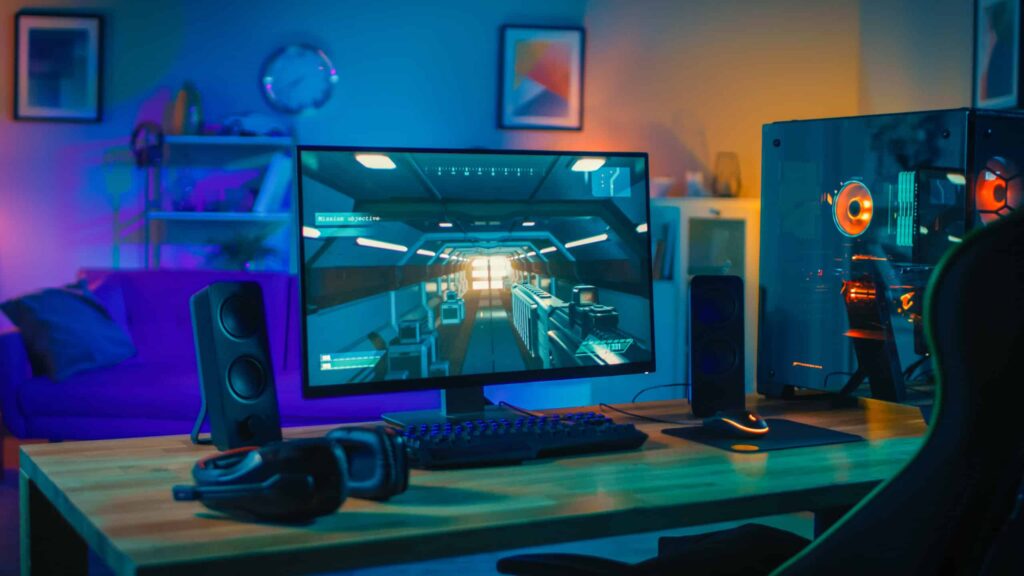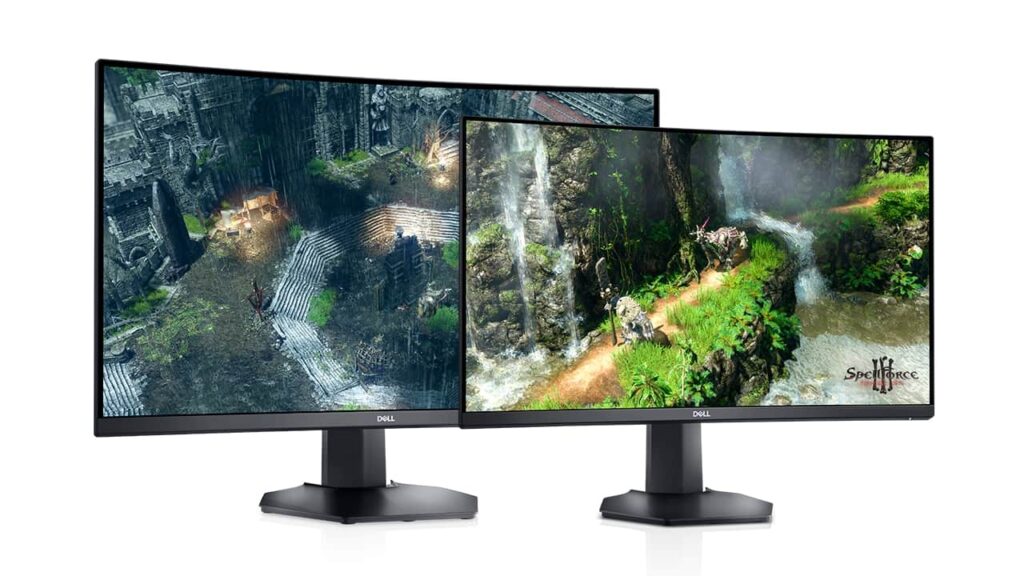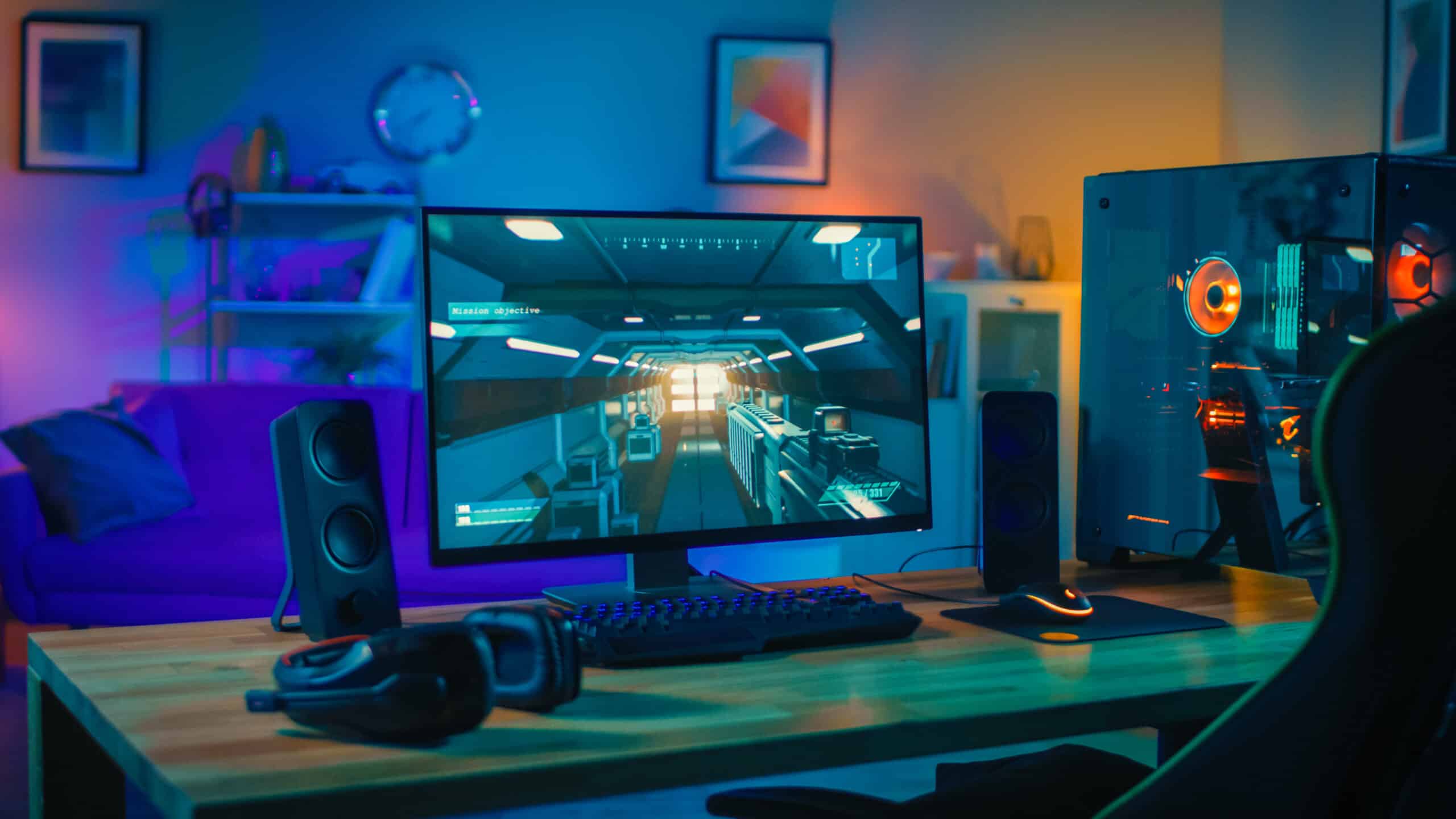Building your own gaming PC can be an exciting and rewarding experience, especially for students on a budget. It’s about creating something that not only meets your gaming needs but also fits within your financial limits. Balancing budget and performance is key. This guide will walk you through the essentials, helping you make informed decisions to get the best bang for your buck. Whether you’re a hardcore gamer or just stepping into the world of PC gaming, this journey is all about smart choices and personal satisfaction. Let’s dive in!

Understanding Your Gaming Needs
Before diving into building your gaming PC, it’s crucial to understand what you need from it. Just like how custom essays require specific focus, your gaming needs dictate the kind of PC you should build. Consider the types of games you play most. Are they high-end, graphics-intensive games or more casual, less demanding titles?
Different games have different hardware requirements. For instance, graphically demanding games like AAA titles will need a powerful graphics card and a robust processor. On the other hand, if you’re into less demanding games or mainly use your PC for schoolwork and light gaming, you might not need top-tier components.
Recognizing these needs will guide your decisions, ensuring you invest in the right areas and save money where you can. Remember, it’s all about finding that perfect balance between performance and budget.
Also Read- 10 Captivating Upcoming Games on Steam – Fusing Imagination and Anticipation
Budget Planning
Setting a realistic budget is the cornerstone of building an affordable gaming PC. It’s essential to establish a clear financial limit before you start, as this will guide all your purchasing decisions. Consider your most essential components first – typically, the processor and graphics card, as they are the heart of your gaming experience. Allocate a significant portion of your budget to these, as they dictate your PC’s performance the most.
Remember to set aside funds for other components like memory, storage, and the motherboard. While these don’t need to be top-of-the-line, they should be compatible with your main components. Also, don’t forget about peripheral expenses such as a monitor, keyboard, and mouse. A well-planned budget ensures you get the best value for every dollar spent, balancing cost with performance.

Choosing the Right Components
Processor:
The processor, or CPU, is a critical component of any gaming PC. It’s like the brain of your system, handling all the calculations and tasks necessary for your games to run smoothly. A good CPU ensures faster and more efficient gameplay, especially in games that are processor-intensive. When looking for a budget-friendly CPU, consider options like the AMD Ryzen 5 or Intel Core i5. These processors provide a solid balance between price and performance, making them ideal for gaming without breaking the bank. They offer enough power to handle most games while still being affordable for students.
Graphics Card:
The graphics card, or GPU, is what brings your games to life visually. It’s responsible for rendering the images and effects in your games, making it a vital component for gaming performance. For a budget-friendly gaming PC, you don’t necessarily need the latest and most expensive GPU. Models like the NVIDIA GeForce GTX 1650 or AMD Radeon RX 580 offer great performance at a more accessible price point. These GPUs can handle most modern games at medium to high settings, providing a satisfying gaming experience without a hefty price tag. Remember, the key is to find a GPU that balances cost with the level of graphics performance you desire.
Memory and Storage:
Sufficient RAM and storage are essential for a smooth gaming experience. RAM, or memory, impacts how well your PC can handle multitasking and game data. For gaming, 8GB of RAM is the minimum, but 16GB is recommended for better performance. Regarding storage, you have two main options: HDD and SSD. HDDs are more affordable and offer more storage, but SSDs are faster, reducing game loading times and system responsiveness. A combination of both can be a cost-effective solution, using an SSD for your operating system and favorite games and an HDD for additional storage needs.
Motherboard
For budget builds, look for motherboards that support your chosen CPU’s socket type without unnecessary extras. Brands like ASUS, MSI, and Gigabyte offer affordable motherboards that are durable and provide good performance. Ensure it has enough expansion slots and ports for your needs, keeping future upgrades in mind.
Power Supply and Cooling
A stable power supply is crucial for the reliability and longevity of your gaming PC. Choose a power supply unit (PSU) with enough wattage to support all your components, ideally with some headroom for future upgrades. Look for PSUs with an 80+ certification for efficiency. Cooling is also vital to keep your components at optimal temperatures, preventing overheating and potential damage. Effective cooling can be achieved through a combination of good case airflow, quality fans, and, if necessary, aftermarket CPU coolers. These don’t have to be expensive; many affordable options are available that provide adequate cooling for a gaming PC.
Where to Find Affordable Parts
Affordable parts for your gaming PC can be found in a variety of places. Online stores like Amazon and Newegg often have deals and a wide selection. Second-hand markets like eBay or Craigslist can offer great bargains, though it’s important to be cautious about the condition and warranties of the components. Also, consider looking into refurbished parts from reputable dealers.
Assembly Tips
For first-time builders, setting aside enough time for assembly is crucial. Using resources like the best research paper writing service can free up your schedule, allowing you to focus more on your PC build. Start by gathering all the necessary tools and a static-free workspace. Follow assembly guides and tutorials carefully, and don’t rush the process.
Testing and Troubleshooting
Once your PC is assembled, the initial testing phase is crucial. Start by checking all connections and then power on the system. If it doesn’t boot, don’t panic. Common issues often involve seating of components or cable connections. Check the RAM, GPU, and all power cables. Listen for beeps which can indicate specific problems. Troubleshooting requires patience and methodical problem-solving. Refer to your motherboard manual for diagnostic help, and don’t hesitate to seek online resources or communities for assistance. Remember, troubleshooting is a learning process and an integral part of PC building.
Conclusion
Building an affordable gaming PC as a student is a journey that blends budget management with technical skills. It’s an opportunity to learn, experiment, and ultimately create a machine tailored to your gaming needs. This guide aims to empower you to take on this rewarding challenge. Remember, each step from planning to troubleshooting is a chance to grow your knowledge and skills. Dive in with confidence and enjoy the rewarding experience of building your own gaming PC.




































